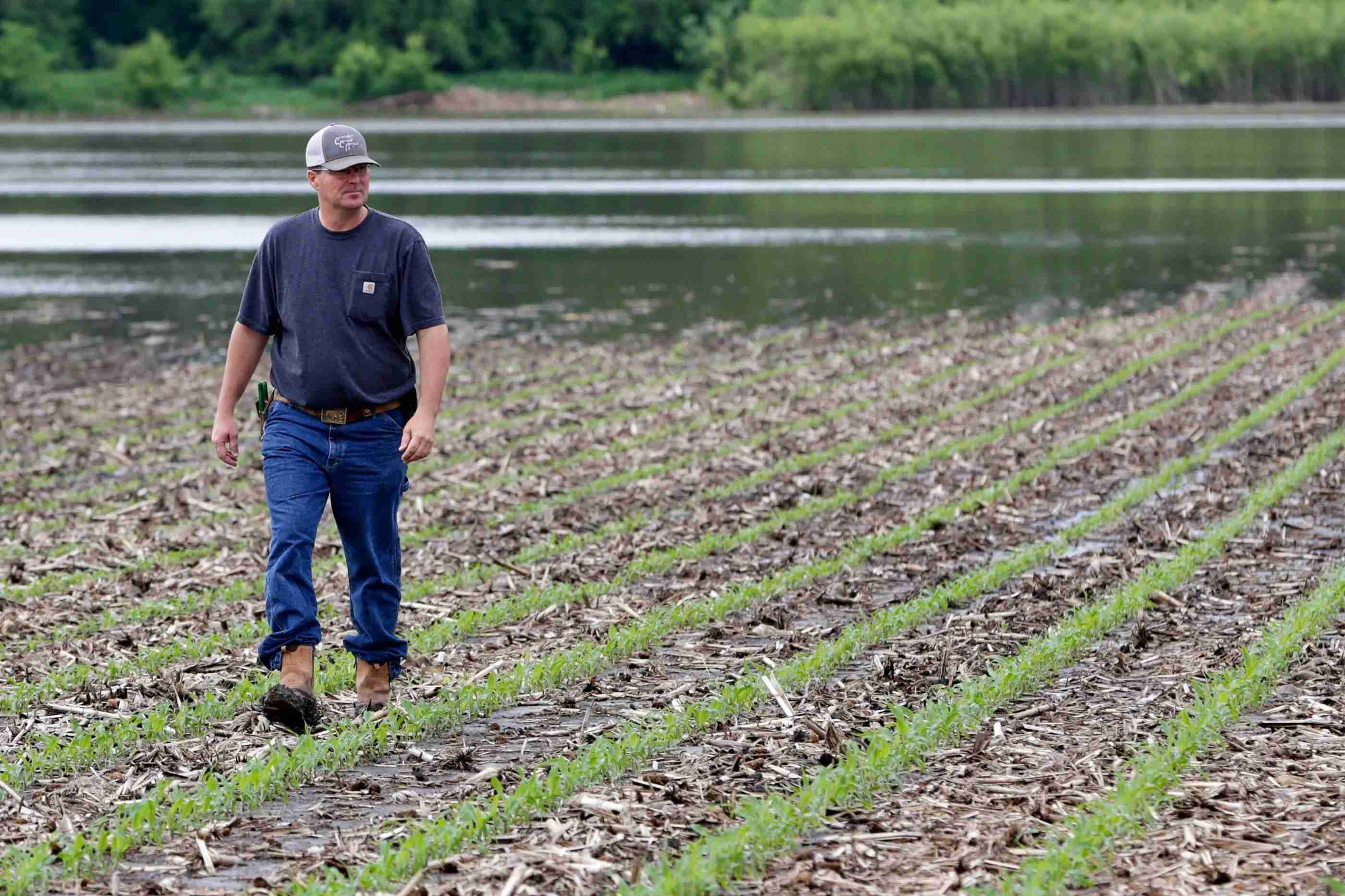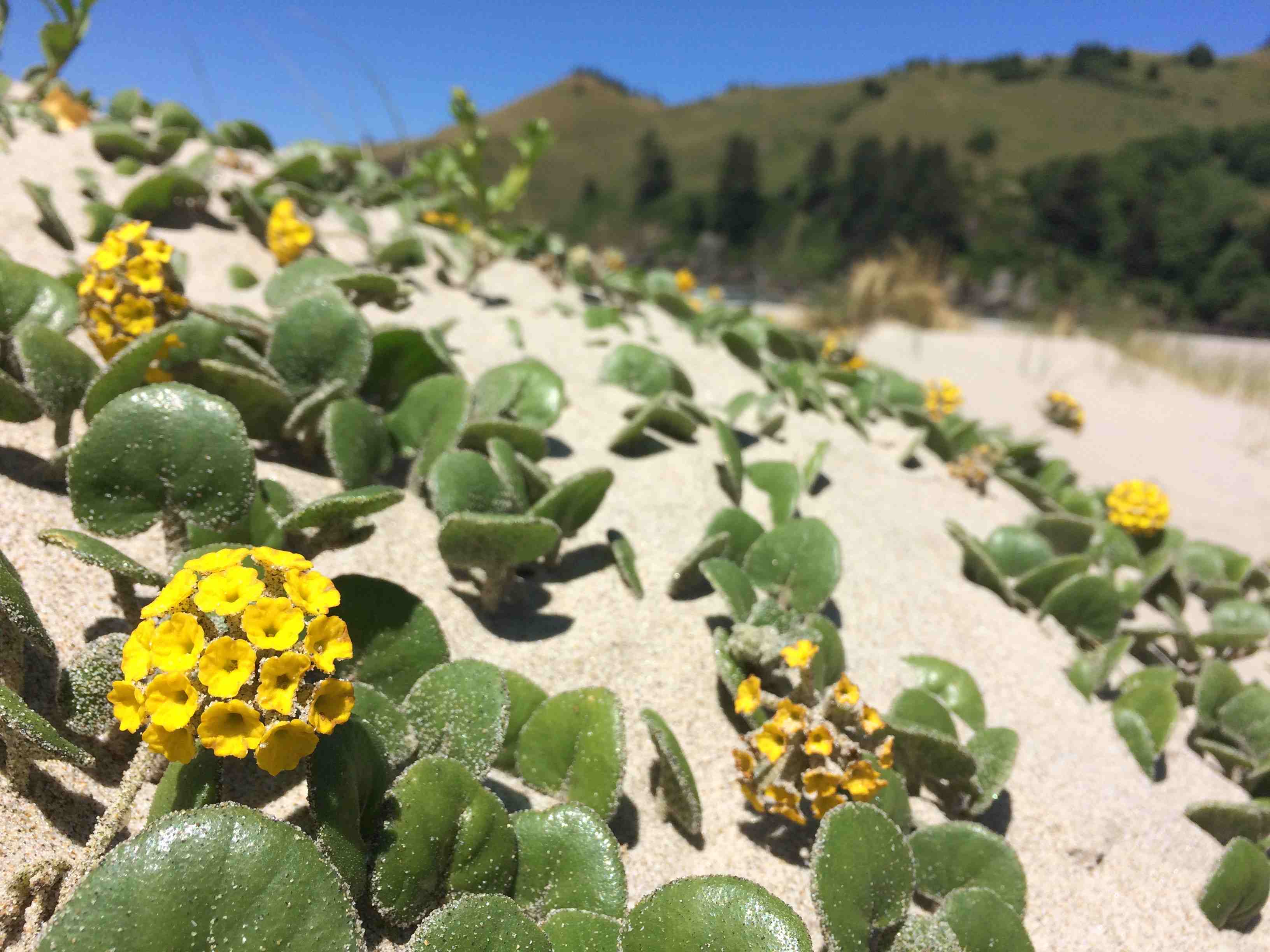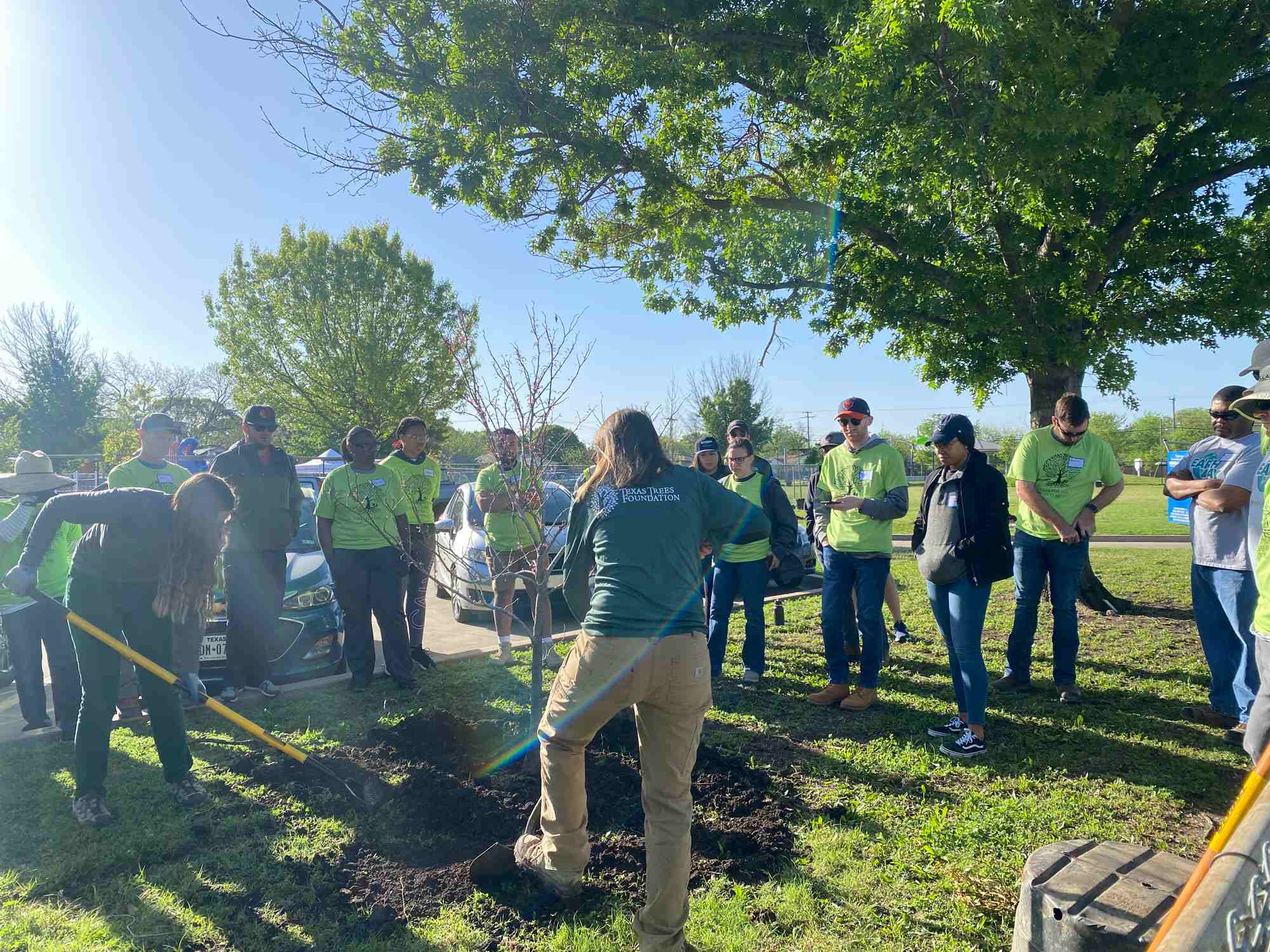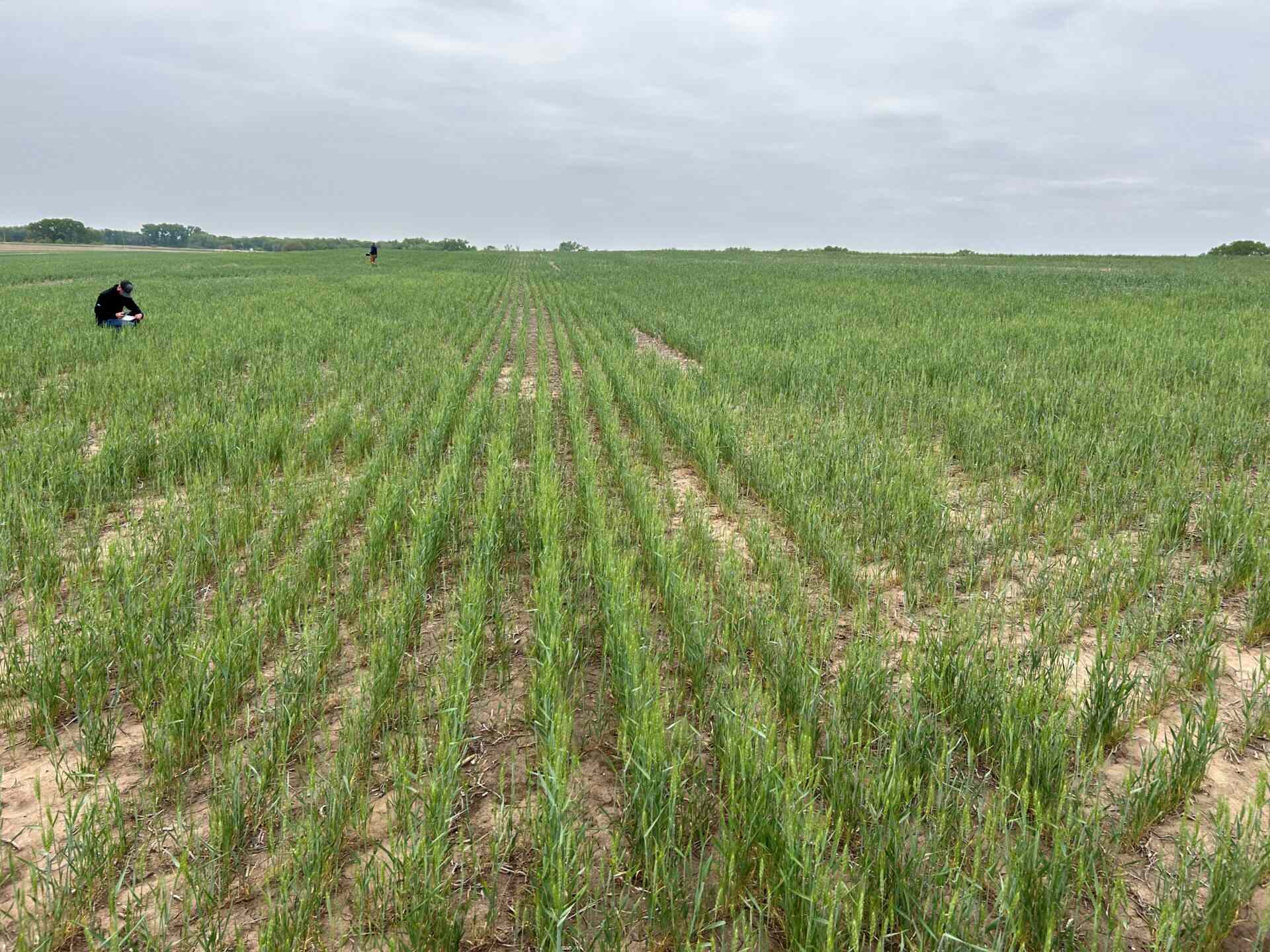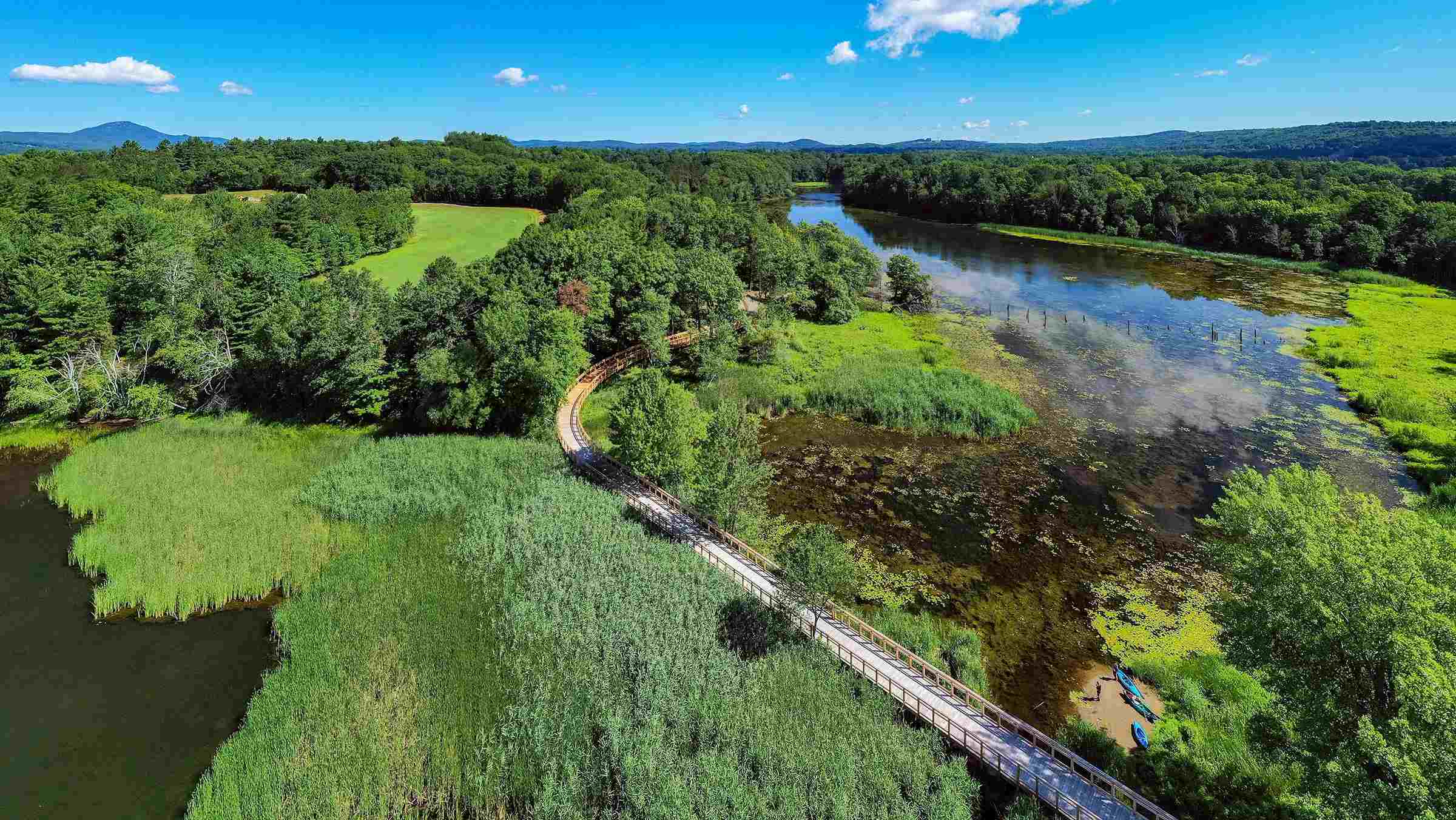Home>Gardening Basics>Understanding Soil>What Planting Zone Is Wyoming


Understanding Soil
What Planting Zone Is Wyoming
Modified: January 22, 2024
Find out what planting zone Wyoming falls in and gain a better understanding of soil types and conditions for successful gardening in this region.
(Many of the links in this article redirect to a specific reviewed product. Your purchase of these products through affiliate links helps to generate commission for Chicagolandgardening.com, at no extra cost. Learn more)
Table of Contents
Introduction
When it comes to gardening and planting, understanding the concept of planting zones is essential. Each region has its own unique climate and soil conditions, which greatly influence the growth and survival of plants. One such region that requires careful consideration is Wyoming.
Wyoming, known for its vast landscapes and rugged terrain, is located in the western part of the United States. It is famous for its breathtaking national parks, such as Yellowstone and Grand Teton. However, the state’s climate can be challenging for gardening enthusiasts, as it experiences long, cold winters and relatively short summers.
Planting zones, also known as hardiness zones, are a way to categorize regions based on their average minimum temperatures. They serve as a guide to determine which plants are likely to thrive in a particular area. The United States Department of Agriculture (USDA) has developed a zone map that divides the country into different zones, ranging from 1a (coldest) to 13b (warmest).
Now that we understand the importance of planting zones, let’s dive into the factors that determine these zones and how they relate to Wyoming’s specific conditions. By gaining a deeper understanding of Wyoming’s planting zone, we can identify the types of plants that are most suitable for this region and learn valuable tips for successful gardening in Wyoming.
Understanding Planting Zones
Planting zones, also known as hardiness zones, are geographic areas that are categorized based on their climate conditions. These zones provide valuable information for gardeners and plant enthusiasts, helping them determine which plants are most likely to thrive in a specific region. The zones are typically determined by the average minimum winter temperatures of an area.
The United States Department of Agriculture (USDA) has developed a widely used and recognized planting zone map, known as the USDA Hardiness Zone Map. This map divides the United States into 13 separate zones, ranging from 1a (coldest) to 13b (warmest).
It’s important to note that planting zones are just one factor to consider when choosing plants for your garden or landscape. Other factors, such as soil type, sunlight exposure, and precipitation, also play a crucial role in determining the success of your plants. However, understanding your planting zone can give you a good starting point and help you make informed decisions about which plants are most likely to thrive in your area.
Planting zones are not static and can change over time due to shifts in climate conditions. It’s recommended to regularly check updated versions of the USDA Hardiness Zone Map to stay informed about any changes in your planting zone. This is particularly important with ongoing climate change, as it can impact the suitability of certain plants in specific areas.
By understanding planting zones and their significance, gardeners can choose plants that are better adapted to the prevailing climate conditions in their region. This knowledge can save time, effort, and resources, ultimately leading to more successful gardening endeavors.
Factors Determining Planting Zones
Planting zones are determined by various factors that influence the climatic conditions of a particular region. The main factor used to classify planting zones is the average minimum winter temperature. However, several other factors also play a role in determining the specific characteristics of each zone. Here are some key factors that contribute to the establishment of planting zones:
- Temperature Ranges: The average minimum temperature during winter is the primary factor considered when determining planting zones. This data helps categorize areas into different zones based on their specific temperature ranges.
- Elevation: Higher elevations tend to have cooler temperatures compared to lower elevations. Thus, elevation plays a role in defining the boundaries of planting zones, with higher elevations typically indicating colder zones.
- Latitude: Latitude affects the amount of sunlight a region receives. Areas closer to the equator generally receive more sunlight, while areas farther from the equator receive less. This factor influences the overall climate and determines the suitable types of plants for a given zone.
- Proximity to Bodies of Water: Large bodies of water, such as lakes or oceans, can moderate the temperature of surrounding areas. They act as heat sinks during colder months, keeping the nearby regions relatively warmer. This thermal influence impacts the specific characteristics of planting zones.
- Microclimates: Within a larger planting zone, there can be variations in microclimates due to localized conditions. Factors such as topography, wind patterns, and the presence of structures or vegetation can create microclimates that differ from the general characteristics of the zone.
It’s important to note that while these factors contribute to the determination of planting zones, other elements such as soil type, moisture levels, and rainfall patterns also influence the success of plants in a specific region. By considering all these factors together, gardeners can gain a comprehensive understanding of their planting zone and make informed decisions about the types of plants that are best suited for their area.
The Planting Zone of Wyoming
Wyoming, with its unique geographical location and climate, falls mainly within planting zones 3a to 5b according to the USDA Hardiness Zone Map. This means that the state experiences relatively cold winters and shorter growing seasons compared to other parts of the country.
Zones 3a and 3b cover the majority of Wyoming, especially the high-altitude regions in the western part of the state. These areas have average minimum temperatures that can dip as low as -40°F (-40°C) during winter. Zone 4a includes some parts of central Wyoming, where the average minimum temperature ranges from -30°F (-34°C) to -25°F (-32°C). The eastern part of the state, including cities like Cheyenne, falls within Zone 5a, with average minimum temperatures ranging from -20°F (-29°C) to -15°F (-26°C).
The challenging climate in Wyoming’s planting zone presents some obstacles for gardeners and plant enthusiasts. The long winters, limited growing season, and potential for extreme temperature fluctuations require careful consideration when selecting plants for the region.
Fortunately, there are still plenty of plants that can thrive in Wyoming’s planting zone. Cold-hardy perennials, such as coneflowers, Russian sage, and hardy varieties of ornamental grasses, are excellent choices for adding color and texture to gardens. Native Wyoming plants like Wyoming big sagebrush and prairie smoke are also well-adapted to the local climate.
Vegetable gardening in Wyoming requires some planning and consideration of the shorter growing season. Cool-season crops like lettuce, kale, and broccoli can be sown early in the season, while heat-loving vegetables like tomatoes and peppers may need to be started indoors or in greenhouses to maximize their growth.
Gardeners in Wyoming should also be mindful of the state’s dry climate and low humidity. Proper mulching and regular watering are essential to help retain soil moisture and keep plants hydrated.
By understanding Wyoming’s specific planting zone and selecting plants that are well-suited to its unique climate, gardeners can create beautiful and thriving gardens despite the challenges posed by the harsh winters and shorter growing seasons.
What Plants Thrive in Wyoming’s Planting Zone?
Despite the challenges presented by Wyoming’s planting zone, there is still a wide variety of plants that can thrive in the state’s unique climate. Here are some plant options that are well-adapted to Wyoming’s planting zone:
- Native Plants: Native plants are excellent choices for Wyoming’s planting zone as they are naturally adapted to the local conditions. Species like Wyoming big sagebrush, prairie smoke, Indian paintbrush, and penstemon are not only hardy but also contribute to the ecological balance of the region.
- Perennials: Cold-hardy perennials can add color and beauty to Wyoming gardens. Coneflowers, black-eyed Susans, Russian sage, yarrow, and hardy varieties of ornamental grasses like blue fescue and feather reed grass are well-suited for this zone.
- Shrubs and Trees: There are several shrubs and trees that thrive in Wyoming’s planting zone. Junipers, pines, spruces, and aspens are native to the region and can withstand the cold winters. Other options include chokecherries, serviceberries, buffaloberries, and Russian olive trees.
- Vegetables and Herbs: While Wyoming’s shorter growing season can pose a challenge for vegetable gardening, there are still plenty of options for growing fresh produce. Cool-season crops like lettuce, kale, spinach, carrots, and radishes can be grown early in the season. Onions, potatoes, and garlic also tend to perform well in this zone. Additionally, cold-hardy herbs like sage, thyme, and chives can be grown successfully.
- Native Grasses and Wildflowers: Native grasses, such as blue grama and western wheatgrass, are well-adapted to Wyoming’s climate. Not only do they provide a natural aesthetic, but they also help control soil erosion. Wildflowers like lupines, blanketflowers, and penstemon add bursts of vibrant colors to landscapes and provide nectar for pollinators.
When selecting plants for Wyoming’s planting zone, it is essential to consider factors such as sunlight requirements, soil conditions, and water needs. Choosing plants that are well-suited to the specific conditions of the area will increase their chances of thriving and minimize the need for excessive maintenance.
By incorporating a diverse selection of plants that are adapted to Wyoming’s planting zone, gardeners can create stunning landscapes, attract pollinators, and enjoy the beauty of nature in this challenging climate.
Tips for Gardening in Wyoming’s Planting Zone
Gardening in Wyoming’s planting zone requires some extra care and attention due to the state’s unique climate. Here are some helpful tips to ensure successful gardening in Wyoming:
- Choose Cold-Hardy Plants: Select plants that are known to thrive in colder climates. Look for varieties that are labeled as cold-hardy or suitable for planting zones 3a to 5b.
- Start Seeds Indoors: To maximize the growing season, consider starting seeds indoors for heat-loving vegetables like tomatoes and peppers. This will give them a head start before transplanting them outdoors when the soil has warmed up.
- Take Advantage of Microclimates: Wyoming’s varied terrain can create microclimates with slightly different growing conditions. Observe your garden and identify areas that receive more sunlight or are sheltered from harsh winds. Utilize these microclimates to grow plants that may require specific conditions.
- Protect from Frost: Wyoming is prone to spring and fall frosts, so it’s important to protect vulnerable plants. Use row covers, cold frames, or cloches to shield plants from frosty temperatures and extend the growing season.
- Amend the Soil: Wyoming’s soil can be alkaline and lacking in nutrients. Before planting, test the soil and amend it accordingly with organic matter, compost, or fertilizers to improve its fertility and drainage.
- Conserving Water: Wyoming’s dry climate requires water-wise gardening practices. Use mulch to retain soil moisture, water deeply but infrequently, and consider installing drip irrigation systems to minimize water waste.
- Protect from Wind: Wind can be a challenge in Wyoming, as it can cause desiccation and damage to plants. Consider planting windbreaks with native trees and shrubs to provide shelter and create a more favorable microclimate within your garden.
- Practice Crop Rotation: To prevent soil-borne diseases and improve soil health, practice crop rotation by changing the location of your vegetable beds each year. This helps break pest and disease cycles and maintains nutrient balance in the soil.
- Stay Vigilant with Weed Control: Weeds can compete with your plants for nutrients and water, so it’s important to stay on top of weed control. Regularly remove weeds by hand or use organic mulches to suppress weed growth.
- Learn from Local Experts: Connect with local gardening communities, visit nurseries, and seek advice from experienced gardeners in Wyoming. They can provide valuable insights and tips specific to the challenges and conditions of gardening in the state.
Gardening in Wyoming’s planting zone may have its challenges, but with careful planning, proper plant selection, and these helpful tips, you can create a beautiful and thriving garden that is well-adapted to the unique climatic conditions of the state.
Conclusion
Gardening in Wyoming’s planting zone may pose some challenges, but with the right knowledge and strategies, it is possible to create a beautiful and successful garden in this unique climate. By understanding Wyoming’s planting zone and the factors that determine it, gardeners can make informed decisions about which plants are best suited for the region.
Choosing cold-hardy plants that thrive in colder climates and taking advantage of microclimates can help maximize the potential for successful gardening. Starting seeds indoors, protecting plants from frost, and amending the soil to improve its fertility are important practices to ensure optimal plant growth.
Wyoming’s dry climate and occasional strong winds require water-wise gardening practices and the use of windbreaks to protect plants. Regular weed control, crop rotation, and seeking advice from local experts are also key factors for maintaining a thriving garden in this challenging environment.
Remember, gardening is an ongoing process of learning and experimentation. It may take some trial and error to determine which plants are best suited for Wyoming’s planting zone and your specific garden conditions. But with patience, perseverance, and a deep appreciation for the unique beauty of Wyoming, you can create a garden that thrives despite the challenges.
So, embrace the opportunity to garden in Wyoming’s planting zone, and let your love for plants and nature guide you on an exciting horticultural journey!


